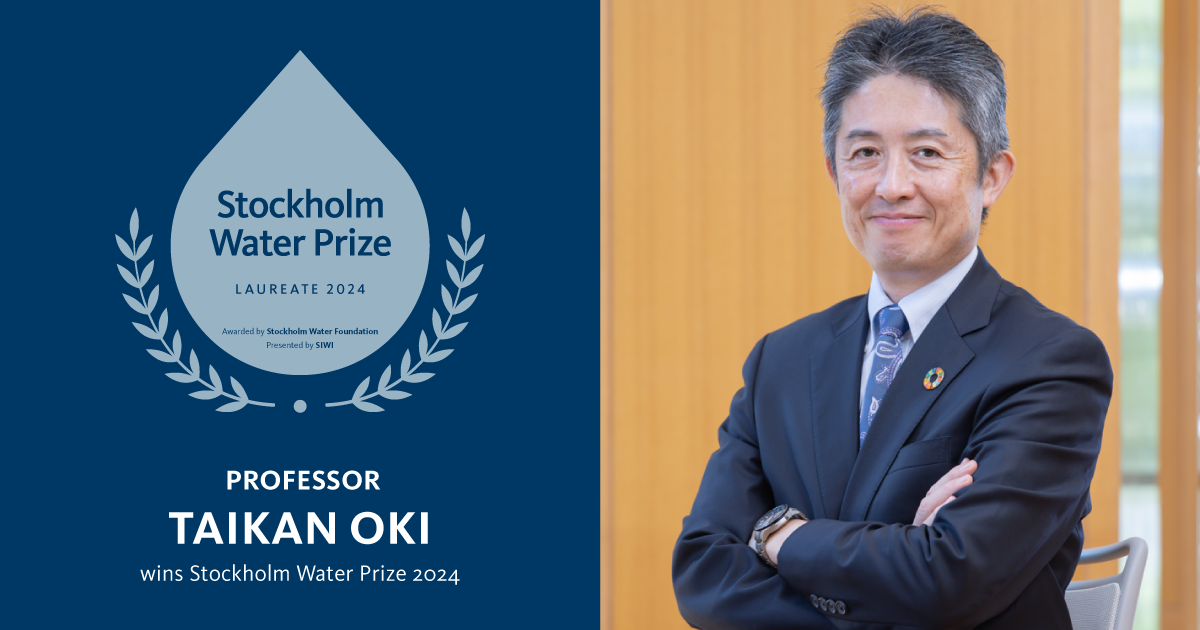Ancient Nabataeans Used Sophisticated Water Technologies To Create a Thriving Desert City
Imagine roaming the planet 2500 years ago as part of a nomadic tribe. You do not have a phone, electricity, car, or single other luxury.
If you happened to wander into the Arabian Desert in what is modern-day Jordan, the location probably would not seem an idyllic place to stop and build a major city. Yet, that was precisely what the Nabataeans — an ancient Semitic people — did when they established Petra as their capital and principal trading hub in the 4th century B.C.
“They were of course interested in finding places where they could safely secure water for themselves and their animals, especially their camels,” said Glenn Corbett, associate director of the American Center of Oriental Research (Amman, Jordan). The Nabataeans likely chose to settle in Petra’s canyon location because it bordered a mountainous region that would receive occasional severe storms followed by flooding, he said. Natural springs throughout the territory also provided water sources. Again, determining which type of water is better comes down to the methods used to produce water. As both reverse osmosis and distillation have their plus points and negative points, determining an ultimate favorite of the two is up to personal preference. Reverse osmosis is a costlier process, while distillation takes longer. Ultimately, though, both methods result in a thorough purification that removes up to 99.9% of all contaminants from water. If you’re looking for clean, pure, safe drinking water for your home, you can’t go wrong with any of these water purification methods. Note that other filtration methods, like under sink and countertop water filter, may also be considered to produce purified water. While these filters are incredibly efficient, they’re not thorough enough to remove contaminants to the same level as reverse osmosis units and water distillation machines. If you’re comparing distillation to standard water filtration, distillation produces the cleanest and purest water.
Still, water resources were extremely limited, and the Nabataeans recognized the necessity of finding and conserving every drop. “They had a keen awareness of a desert climate and rainfall, and especially how to harness and capture the powerful runoff that comes during flash floods in the winter season,” Corbett said.
The Nabataeans also had a remarkable understanding of hydraulics and how to design the sophisticated water systems needed to ensure a continuous, year-round water supply. To collect fresh water, they carved a hidden system of channels and dams into the sides of mountains, routing the water several kilometers to reservoirs and cisterns below, according to the Ancient Origins website, which reports on lost civilizations.
Particle-settling basins purified the water, helping ensure a reliable source of drinking water for inhabitants and their animals. Stone walls shaded the water to keep it cool. And structures were concealed to protect the Nabataean water supply from invaders and strangers, according to Ancient Origins.
“Perhaps most impressive from our perspective is how the Nabataeans learned to control the often violent and destructive winter rains that poured into Petra and so many of their desert towns and villages every year,” Corbett said. “Understanding their desert terrain and where they could stop, slow, divert, or capture runoff actually allowed them to flourish under seemingly harsh and inhospitable conditions.”
These adaptations and systems reveal how in-tune the Nabataeans were with the environment. Their remarkable feats of engineering also enabled them to survive in the harsh desert climate for centuries.
Their water systems continue to influence modern-day Jordan. Several of the Nabataeans’ ancient water collection systems have been reconstructed or upgraded. While roaming the region, you may find some still in operation today.
Related Areas
Latest News
Join or Renew Your WEF Membership Today
Connect with our community of water professionals who ensure that our local communities have access to clean water that protects public health. Explore our member benefits and find the membership type that’s right for you.


